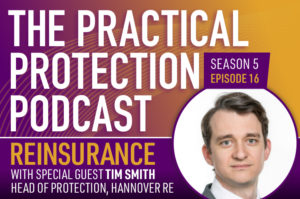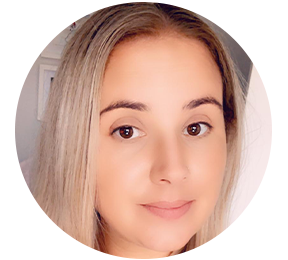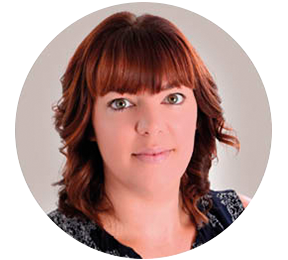The PPP - Reinsurance
Request a Callback
By clicking on submit I / We give consent for you to call me / us on the number provided to discuss my / our financial requirements.
Caring - Understanding - Reliable - Advice
Home » Guides & News » The PPP – Reinsurance

Reinsurance
For the most recent episode of the Practical Protection Podcast, host Kathryn was joined by Tim Smith, Head of Protection at Hannover Re. They are talking about reinsurance and how it mixes with the wider insurance sector, giving some key insights into the ways underwriters make their decisions.
Not everybody is aware of what a reinsurer is, and Kathryn goes on to mention that even after many years working in insurance, she also wasn’t entirely sure what a reinsurer did until around 4 years ago when really digging down into the decisions insurers made on client applications.
For those that don’t know, a reinsurer is basically an insurer for the insurance companies they might insure just one product that an insurer offers, or all the products that they offer. So the insurance company will pay the reinsurer a monthly premium for each policy that they are insuring, and the reinsurer will then usually payout the majority of a successful claim; something like the reinsurer will pay 80% of the claim and the insurer the remaining 20%. This means that the reinsurer is taking on the majority of the risk, so they naturally have a lot of say in the rules and guidelines.
When an insurance company is assessing an application for insurance, their underwriters will refer to their guidelines to make a decision. It’s these guidelines that are set by the reinsurer, but each insurer will put their own spin on things which is how different insurers might offer slightly different terms.
Believe it or not, reinsurers hold quite an important role in the insurance industry. They hold most of the money to pay claims, and if it wasn’t for them then insurance could be much more complicated.
As well as explaining how a reinsurer works, Tim also explains how pricing structures are created for group insurance policies. As insurance companies use statistics and research as a basis for their decision, statistics are also used when deciding how much a group protection policy would be. Group policies are a little bit different to personal protection policies, as quite often medical underwriting isn’t needed. Basically, how this works is the insurer will apply a premium per person. This takes into account that some of those people might be extremely healthy, whereas others might be at a higher risk of making a claim. The premiums paid equal out as the higher risk of some people claiming is offset by those who don’t make a claim. This is known as ‘pooled risk’.
We have many group protection policies for clients at Cura, and Kathryn believes that group protection insurance can be a great option. This is mainly down to the lack of medical underwriting (this is dependent on insurers and sum assured). This makes insurance much more accessible for the millions of people with existing or past medical conditions. What would be fantastic is to raise the profile of group protection policies, as many companies and organisations don’t have these in place, possibly because they don’t quite see the possible benefits.
They also speak about genetic testing, and how the risk of having a particular gene present can play a role in the protection insurance terms that you might receive. When applying for protection insurance, insurers actually can’t ask if you have had any genetic tests or ask what the results were. The one exception to this is tests for Huntington’s disease, insurers are allowed to ask about these if you’re applying for a large policy.
Access to insurance can be quite tricky for a number of people, so knowing these things can be beneficial when trying to understand how decisions on applications are made. Tim was hugely insightful, sharing a lot of information on a number of things within the insurance industry, such as reinsurers, group protection and genetic testing.
To find out everything else that was spoken about between Kathryn and Tim during this episode, you can listen to this below.
Check out the Practical Protection Podcast website to listen to more episodes.
Remember, if you are listening to this as part of your work, you can claim a CPD certificate on the website, thanks to the podcasts sponsors Octo Members.
If you want to know more about how to arrange protection insurance, take a look at Kathryn’s Protection Insurance in Practice course.
Related blogs
Categories: Practical Protection Podcast
Client Reviews








Talk to a Friendly Adviser
Get a Quote
What We Offer?
- Experienced and knowledgeable advisers
- Specialist advice with no fees to pay
- Full assistance with all of your paperwork
- Put your policy into trust at no cost
- A dedicated insurance adviser for you
Our Recent Awards



























